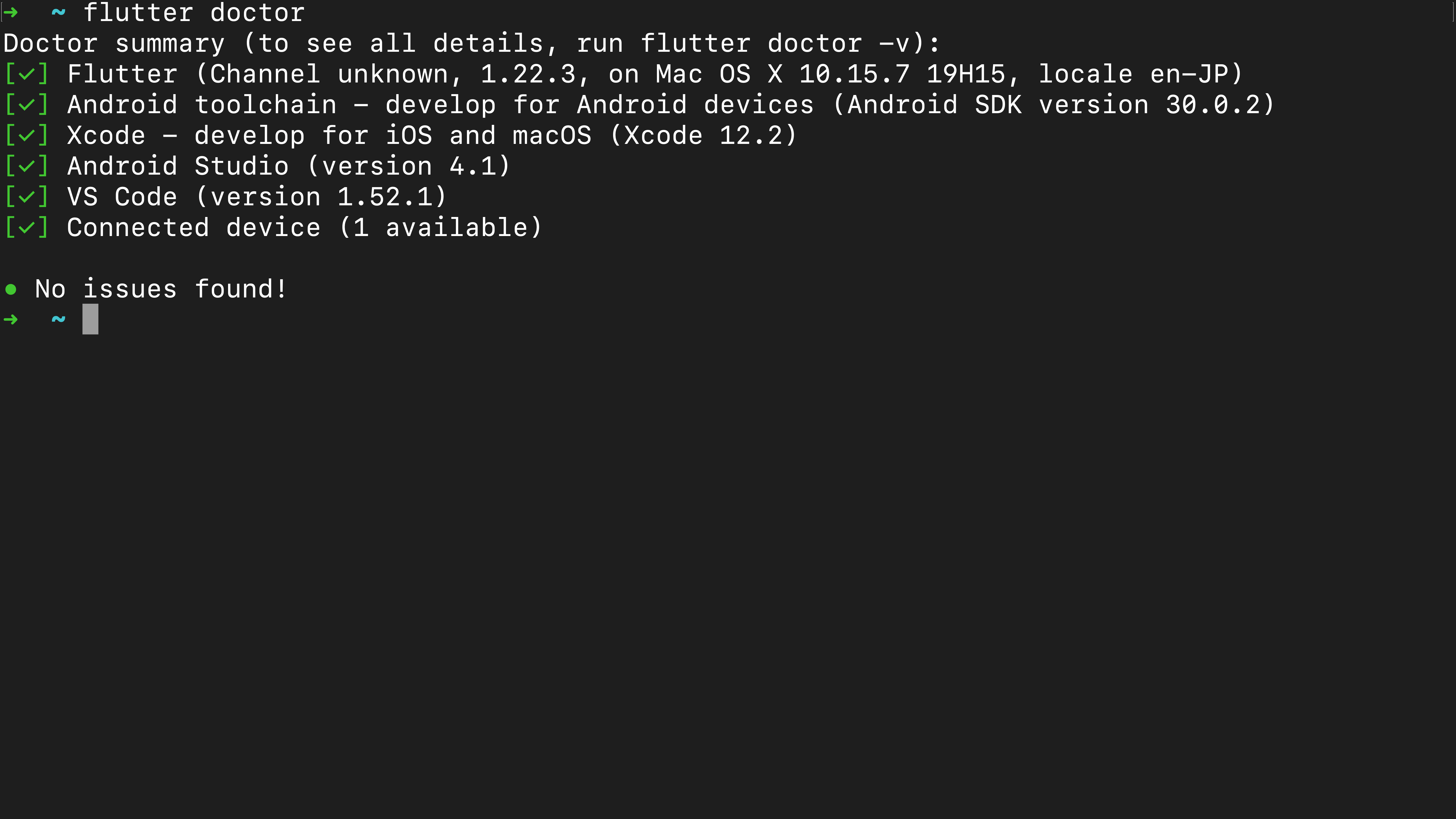

Import packages: import 'package:flutter/material.dart' Import packages: import 'package:test/test.dart' įinal mainPage = MainPage() changeText(true) Įxpect(subPageAnswerText, correctAnswerText) Īgain create a file ending with _test.dart. In this example, we can create a file ending with _test.dart for example main_test.dart. It is also a good idea to make separate directories for unit and widget tests. You can use the following approach to include test or flutter_test (or both) dependency on the app’s pubspec.yaml file: dev_dependencies:Ĭreate a test directory and test file inside that directory. Unit tests require a test package (), and the flutter_test package provides additional tools for widget testing. Here, a ‘ widget‘ means UI elements like layout, button, text box, etc.

Note: I gave all the important UI elements Key values, for example: key: Key('question-text') Creating Unit and Widget TestsĪ ‘ unit test‘ is to test a single method or class and a ‘ widget test‘ is to test a single widget. The app source is in a file called main.dart, and it is in the lib directory. I created the sample app by modifying this sample app. This will create a sample app for Android and iOS. In my opinion, the easiest way to create a new Flutter app is to use the flutter create command, for example: flutter create my_app.
#FLUTTER INSTALL NO CONNECTED DEVICES HOW TO#
To better understand how to automate Flutter app testing, I started creating a Bitbar sample app using Flutter SDK (see UI below). Creating a Sample Bitbar App with Flutter SDK

In this article, I’d like to talk about how to create the unit, widget and integration tests for automating the testing of Flutter apps and execute them against real Android devices in Bitbar Cloud. Like apps built with any other development toolkit, automated testing of Flutter apps is the only way to ensure app quality in the shortest time possible. Since its initial release, Flutter has quickly gained its popularity among developers for building beautiful Android and iOS applications.


 0 kommentar(er)
0 kommentar(er)
